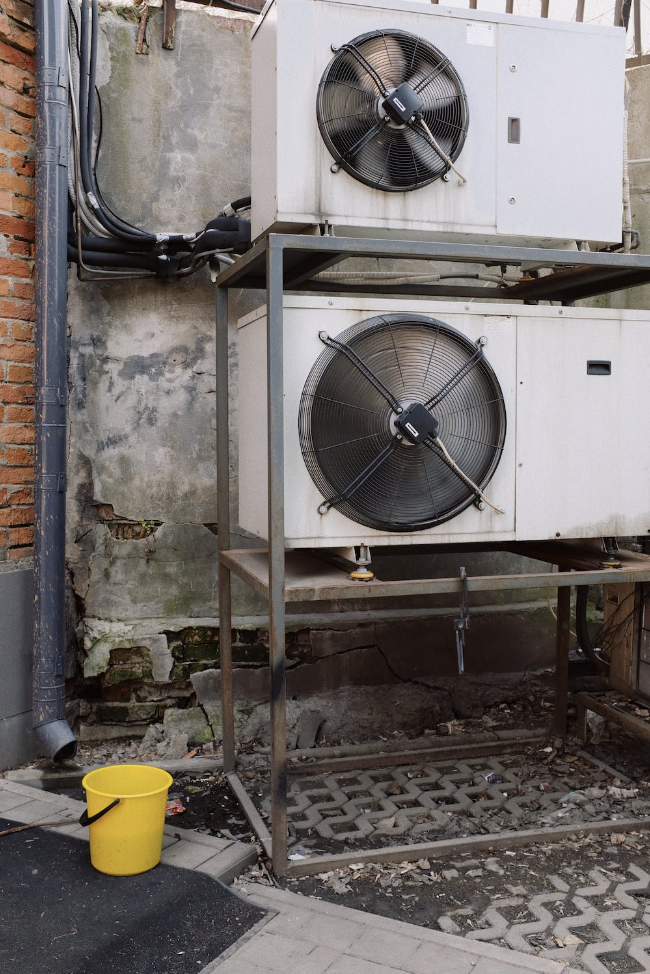The hottest month in human history, July, has led to a vicious cycle where the more people use air-conditioning systems, the more energy is used and greenhouse gases are emitted. This cycle is accelerating as cooling is the fastest-growing single source of energy use in buildings, with the International Energy Agency (IEA) projecting that worldwide annual energy demand from cooling will more than triple by 2050. To break this cycle, new innovations are needed to bring cooler air to more people with less environmental impact. Current air-conditioning systems rely on refrigerant chemicals, which are potent greenhouse gases. More ambitious projects aim to reduce the amount of work required for these components.
What’s with standard AC units?
Standard air-conditioning systems overcool the air to condense water, causing discomfort. New designs separate the dehumidification and cooling processes, avoiding the need to overcool. Some designs use desiccant materials to pull moisture from the air, which can require additional energy. Some businesses, like Transaera, reuse heat from the cooling process to recharge the desiccant, potentially using 35% less energy than the typical standard AC unit.
Even bigger efficiency gains are possible when dehumidification is paired with evaporative cooling, which takes the energy-intensive process of vapor compression out of the equation. Research groups, including Harvard University’s cSNAP team, have designed AC devices that use a hydrophobic barrier to perform evaporative cooling while holding back humidity. They expect to provide a 75% more energy-efficient air conditioner.

Promising Innovation
Blue Frontier is trialing a commercial air-conditioning system based on both desiccant and evaporative cooling, aiming for 50 to 90% reductions in energy consumption. However, these systems are still a couple of years away from commercial launch due to higher manufacturing and installation costs, industry stagnation, and policies that incentivize cheap systems over efficient ones.

A truly cooler future will require passive strategies that rely on urban planning and building design to minimize the need for cooling. This includes incorporating greenery and water bodies into cityscapes, shading windows, positioning new buildings to take advantage of natural airflow, and retrofitting buildings with better insulation and reflective panels that can send heat into space.




